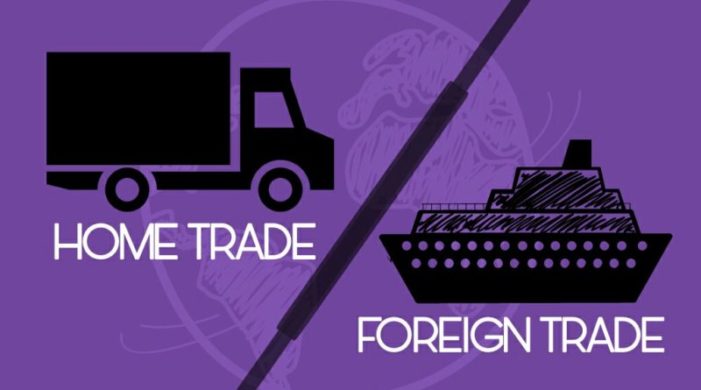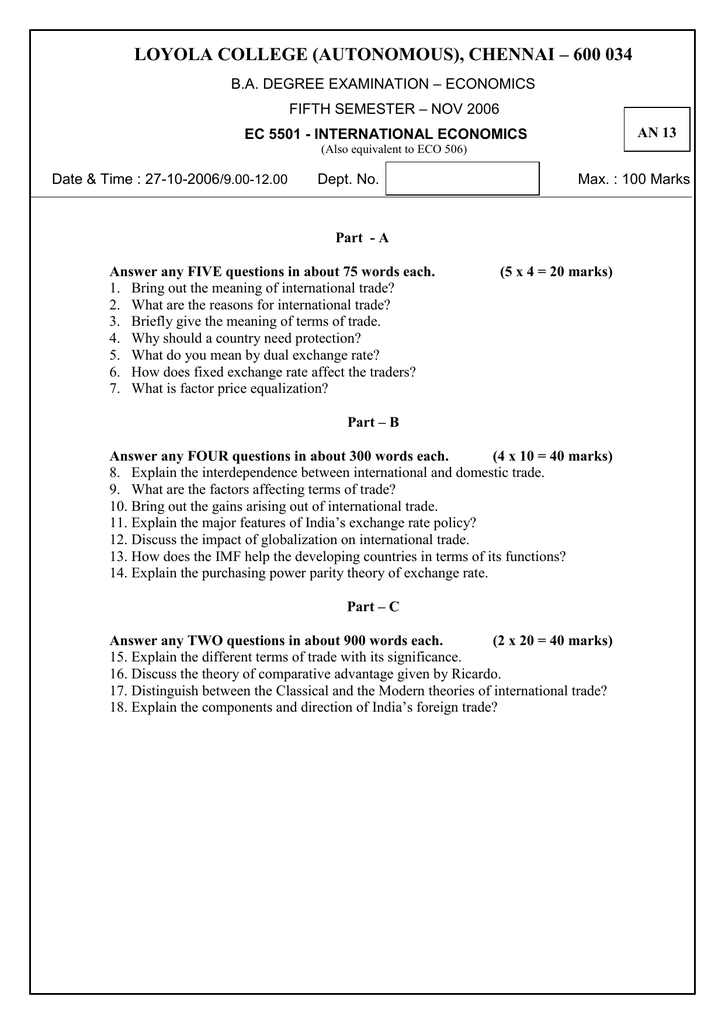Internal trade, also known as domestic trade or interregional trade, refers to the exchange of goods and services within the boundaries of a single country. This can include trade between different regions, cities, or states within the same country.
On the other hand, international trade refers to the exchange of goods and services between countries. This can include trade between countries in the same region, such as trade between the United States and Canada, or trade between countries on different continents, such as trade between the United States and China.
There are several key differences between internal trade and international trade. One of the main differences is the distance involved in the exchange. Internal trade typically involves shorter distances, as the goods and services are being exchanged within the same country. International trade, on the other hand, involves longer distances and often requires the use of transportation methods such as ships, planes, and trucks to move the goods between countries.
Another key difference is the level of complexity involved in the exchange. Internal trade is typically simpler, as the countries involved are subject to the same laws and regulations. International trade is often more complex, as the countries involved may have different laws and regulations, and may also have different currencies and language barriers.
A third difference is the level of risk involved in the exchange. Internal trade is generally considered less risky, as the countries involved are subject to the same legal system and have a shared history and cultural ties. International trade, on the other hand, involves a higher level of risk due to the potential for political and economic instability in the countries involved, as well as the possibility of exchange rate fluctuations and other economic risks.
Overall, internal trade and international trade are both important for the global economy, as they allow countries to access a wider range of goods and services and promote economic growth and development. However, it is important to understand the key differences between these two types of trade in order to effectively manage and optimize trade relationships.







